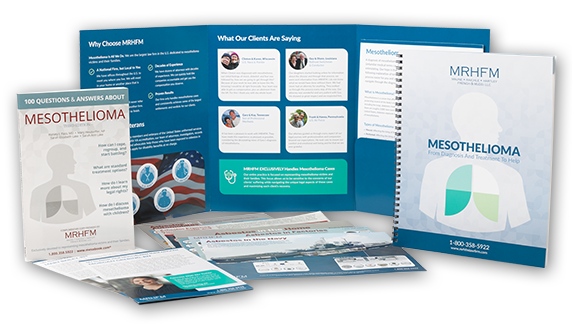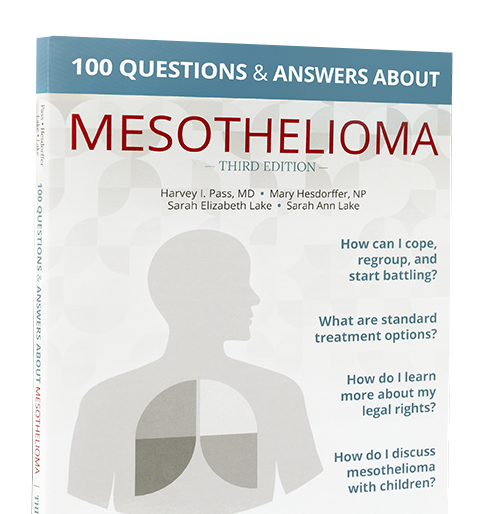Refractories are materials that have the ability to keep their tensile strength and physical shape when exposed to extremely high temperatures. Refractory plants process these materials for use in high heat applications including kilns, incinerators, and furnaces. Today, these products are commonly made with aluminum, silicon, and magnesium processed at refractory plants.
Asbestos became increasingly popular throughout the 20th century because the mineral was widely available, inexpensive, strong, flexible and resistant to heat, fire and corrosion. These characteristics are what made it a popular refractory material. Unfortunately the use of asbestos as a refractory put refractory plant workers at an increased risk of developing mesothelioma cancer, lung cancer, asbestosis, and other asbestos-related diseases.
Refractory plant workers processed raw asbestos that was mixed into refractory cement, concrete, and fire brick. This often required them to crush raw asbestos before bagging or forming bricks. Hot kilns were often used to create firebricks within the facility as well. Those refractory workers operating the kiln often wore protective clothing made of asbestos. These processes, as workers worked with raw asbestos and asbestos products, created huge amounts of asbestos dust. This asbestos dust, once airborne, lingers in the air where it can be inhaled, ingested, or cling to clothing. Once asbestos fibers make their way into the body, they can cause inflammation and scarring to organ tissue that may develop into of peritoneal mesothelioma, pleural mesothelioma, or pericardial mesothelioma along with other asbestos-related diseases.
Sadly, in the United States, millions of people have been exposed to asbestos. Because it generally takes 10 to 60 years from the time of asbestos exposure for mesothelioma symptoms to appear, we are only now seeing the terrible effects of asbestos use.
Trust funds have been established by many companies to pay compensation to those injured by asbestos exposure.
If you have mesothelioma, or other asbestos-related injury, and wish to consult an attorney about your legal rights to compensation, CLICK HERE for a free consultation.





